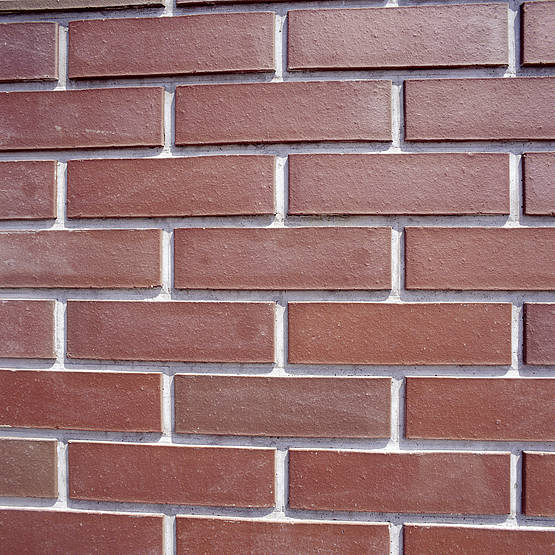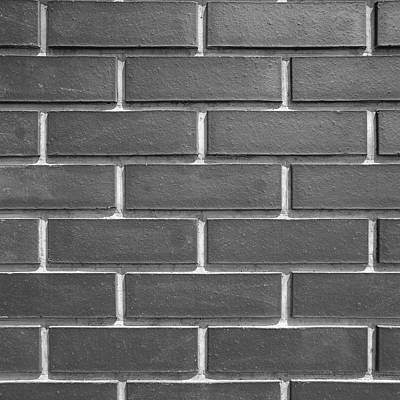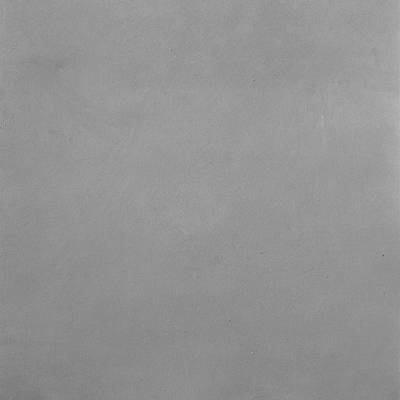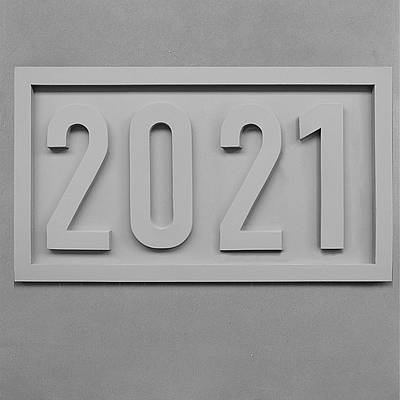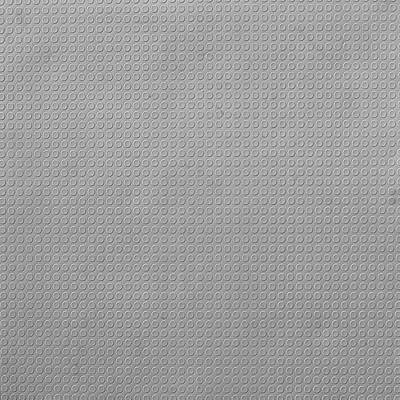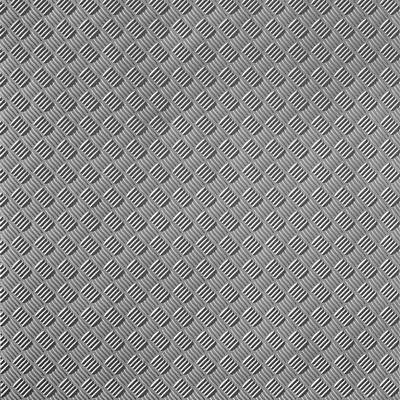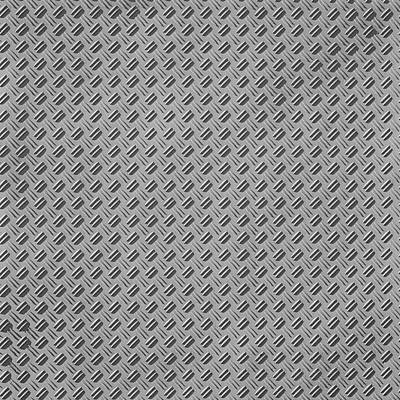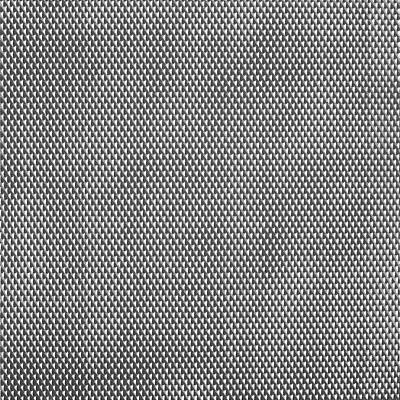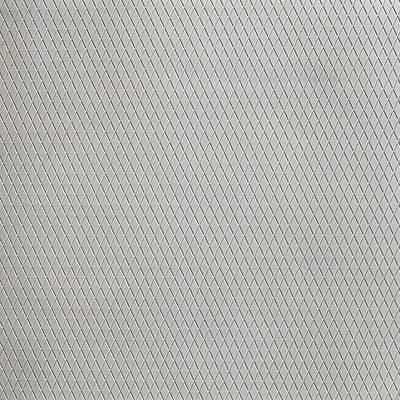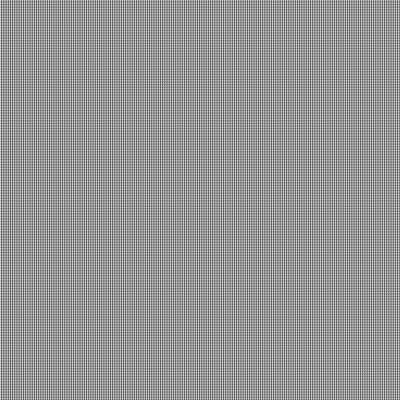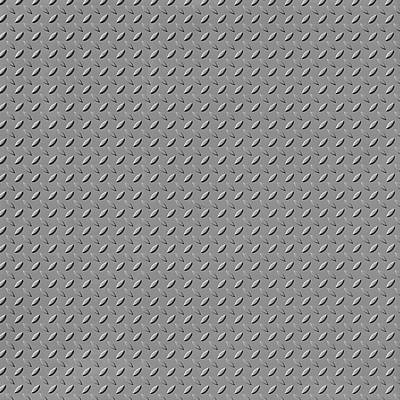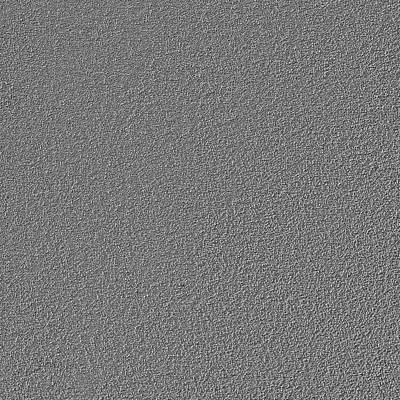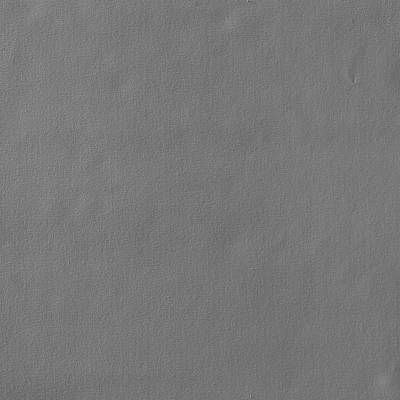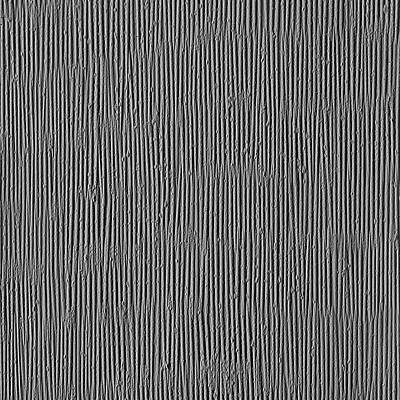2/80 Grid Fix
A grid fix formliner in a brick look.
When processing the bricks are inserted into the Rasterfix formliner and by a 3mm high chamfer. When choosing the brick, you should insist that the brick manufacturer supplies you with bricks that have the least dimensional tolerance. When using Rasterfix formliners, the bricks can be cast directly into the concrete. In contrast to veneered bricks, there are no problems with adhesion. No repointing needed. When processing you should work with an internal vibrator, since using a vibrating table can slip the bricks from the formliner.
Dimensions
| uses | Dimensions (mm) | order number |
|---|---|---|
| 100 | 1500/1000 × 1000/1500 | C 2080 |
| 50 | - | - |
| 10 | - | - |
100-timer formliners are supplied in an individual dimension within the maximum indicated dimensions.
The specified widths of the 10-timer and 50-timer formliners are a fixed dimension and ensure the continuity of the structure in the case of linear patterns. The longitudinal direction of the pattern is variable and can be ordered from 1 m up to the maximum dimension in 10 cm steps.
With their special surface textures, functional formliners ensure a non-slip finish on floors. Various non-slip textures, sandy textures, ripples, pastilles and nubs ensure stability. Exposed concrete panels made using functional formliners achieve certification up to R13, the highest non-slip classification, and meet the highest demands of design and aesthetics.
